Outdoor Activities and Adventures, Kyoto
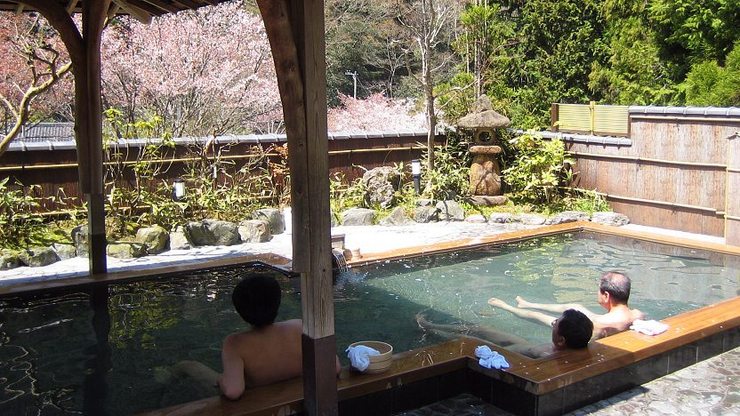
Removed from Unnamed collection
Kurama Hot Springs 
Kurama (鞍馬) is a rural town in the northern mountains of Kyoto City, less than one hour from the city center. Kurama is best known for its temple Kurama-dera and its hot spring, one of the most easily accessible hot springs from Kyoto.
Outdoor and indoor baths can be enjoyed at Kurama Onsen, a ryokan located at the upper end of the town of Kurama. It can be reached in a 10 minute walk from the train station along the town's only road or along a nature trail following the river. Staying guests can use the baths for free, while daytrippers pay 2500 yen to use all of the baths or 1000 yen for just the outdoor bath (rotemburo). https://www.japan-guide.com/e/e3933.html
Map
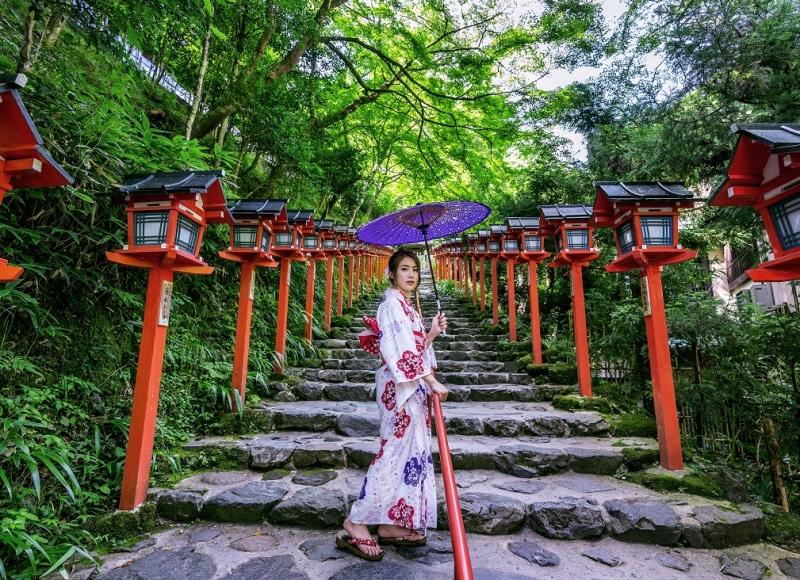
Removed from Unnamed collection
Kibune Town 
Kibune (貴船) is a small town in a forested valley in the northern mountains of Kyoto City, which developed around Kifune Shrine. According to legend, a goddess traveled in a boat from Osaka all the way up the river into the mountains north of Kyoto, and Kifune Shrine was built at the site where her boat journey had come to an end.
Kifune Shrine is dedicated to the god of water and rain and believed to be the protector of those at sea. Here you can obtain a unique type of fortune written on paper slips (omikuji) that reveal their messages when dipped into water. Okunomiya, the inner sanctum and original site of Kifune Shrine, lies about one kilometer further up the valley. It has a large rock, known as the boat stone, which is said to be where the goddess' yellow boat is buried.
The rest of the town is made up by traditional styled ryokan and restaurants that line the narrow road for a few hundred meters parallel to Kibune River. It is a popular retreat from Kyoto's famed summer heat, but is also well visited in autumn when the leaves change. https://www.japan-guide.com/e/e3967.html
Map

Removed from Unnamed collection
Higashiyama District 
The Higashiyama District (東山) along the lower slopes of Kyoto's eastern mountains is one of the city's best preserved historic districts. It is a great place to experience traditional old Kyoto, especially between Kiyomizudera and Yasaka Shrine, where the narrow lanes, wooden buildings and traditional merchant shops invoke a feeling of the old capital city. Recent renovations to remove telephone poles and repave the streets have further improved the traditional feel of the district.
The streets in Higashiyama are lined by small shops, cafes and restaurants which have been catering to tourists and pilgrims for centuries. These businesses retain their traditional design, although many have been renovated through the years, and they continue to serve customers today, selling local specialties such as Kiyomizu-yaki pottery, sweets, pickles, crafts and other souvenirs.
The shops and restaurants in the area typically open around nine or ten in the morning and close relatively early around five or six in the evening, except during the ten day long Hanatoro in March when the streets of Higashiyama are lined by thousands of lanterns and many of the area's temples, shrines and businesses have extended hours and special illuminations. https://www.japan-guide.com/e/e3959.html
Map
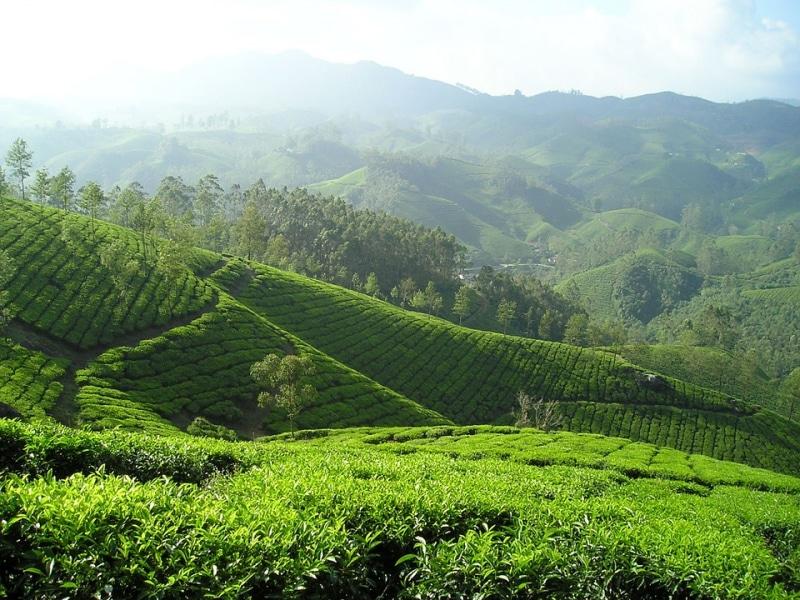
Removed from Unnamed collection
Ishitera Tea Fields 
The most famous tea plantations in Wazuka are in Ishitera. It was designated and registered as the first of the Scenic Property of Kyoto Prefecture. This tea field photo is used in many different tea places as a promotion in Kyoto. It takes about 10~15 minutes to walk there from the nearest bus stop ‘Wazuka Takahashi’. Among the tea fields there are new houses and old houses where people. There are spots for cherry blossoms and tea fields which go through winter in spring. http://visitwazuka.com/ishitera-tea-fields/
Map
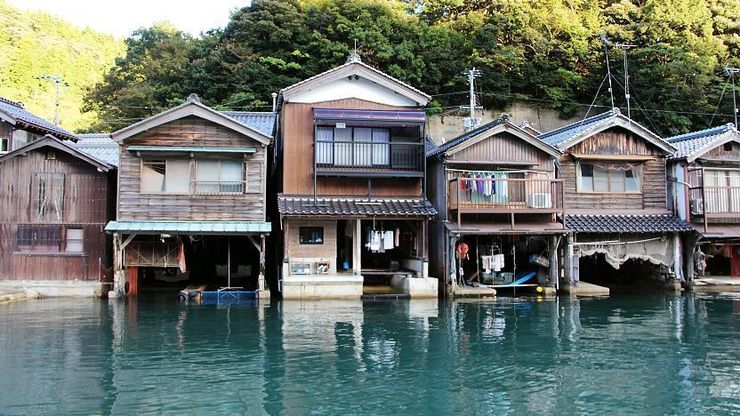
Removed from Unnamed collection
Ine Town 
Ine (伊根) is a town located around the Ine Bay in northern Kyoto Prefecture, about 15 kilometers north of Amanohashidate. This working town has a long and rich history as a fishing village and is regarded as one of the most beautiful villages in Japan.
The unique aspect of Ine are its funaya. Literally meaning "boat houses", these traditional waterfront buildings contain garages for boats on their first floors and residential space on the upper floors. Today there over 200 funaya remaining along the bay. Some of them now serve as guest houses where visitors can stay the night and experience the funaya first-hand.
The town itself is a normal town inhabited by working people, and most houses are personal residences. There are only a small number of shops and restaurants, meaning that there is not an incredible amount to do here. The largest concentration of amenities are found at Funaya no Sato Park, a roadside station on a hill above the town with large parking lots, a tourist information office, an observation deck, restaurants and shops. https://www.japan-guide.com/e/e3996.html
Map
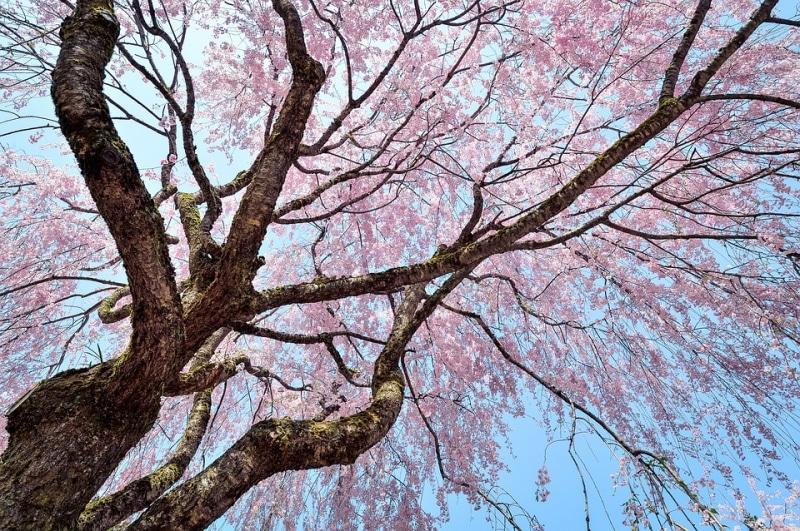
Removed from Unnamed collection
Maruyama Park 
Maruyama Park (円山公園, Maruyama Kōen) is a public park next to Yasaka Shrine in the Higashiyama District. In the first half of April, when the cherry trees are in full bloom, the park becomes Kyoto's most popular and most crowded spot for cherry blossom viewing parties (hanami). The centerpiece of the park is a tall shidarezakura (weeping cherry tree), which gets lit up in the night.
Maruyama Park can be reached by bus from Kyoto Station in about 20 minutes. Take number 100 or 206 and get off at Gion bus stop. The park is just behind Yasaka Shrine. Alternatively, the park can be reached in a 15+ minute walk from Kiyomizudera through the narrow lanes of the Higashiyama District. https://www.japan-guide.com/e/e3925.html
Map
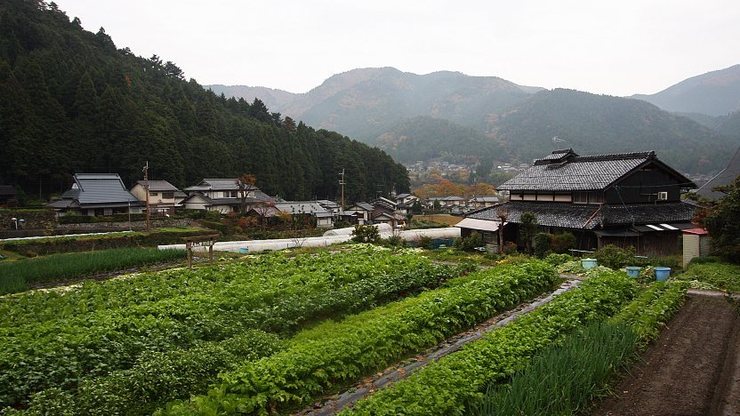
Removed from Unnamed collection
Ohara 
Ohara (大原, Ōhara) is a rural town nestled in the mountains of northern Kyoto, about one hour from Kyoto Station, but still technically located within Kyoto's city limits. Ohara is best known for Sanzenin Temple and particularly popular in mid November during the autumn leaf season, which typically occurs about one week earlier than in central Kyoto. https://www.japan-guide.com/e/e3932.html
Map
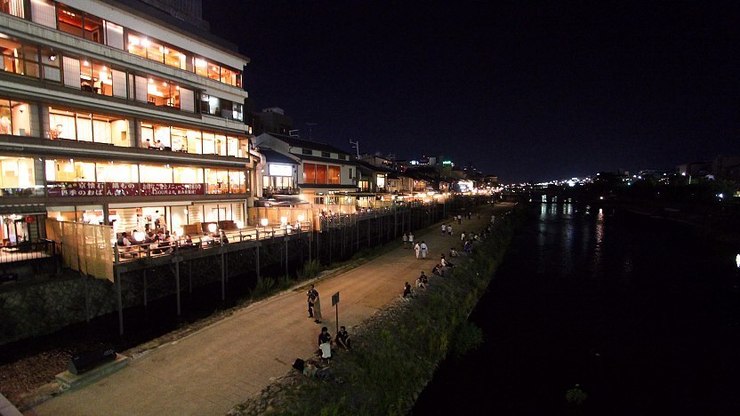
Removed from Unnamed collection
Pontocho 
Pontocho (先斗町, Pontochō) is one of Kyoto's most atmospheric dining areas. It is a narrow alley running from Shijo-dori to Sanjo-dori, one block west of Kamogawa River. The alley is packed with restaurants on both sides offering a wide range of dining options from inexpensive yakitori to traditional and modern Kyoto cuisine, foreign cuisine and highly exclusive establishments that require the right connections and a fat wallet.
Most of the restaurants along the eastern side of the alley overlook Kamogawa River. From May to September, many of them build temporary platforms over the flowing water where patrons can dine out in the open air. Known as kawayuka, this type of dining was developed as a way to beat the summer heat and is a great way to try some traditional Kyoto cuisine while taking in the cooling effects of the flowing water and the lively summer atmosphere. https://www.japan-guide.com/e/e3921.html
Map

